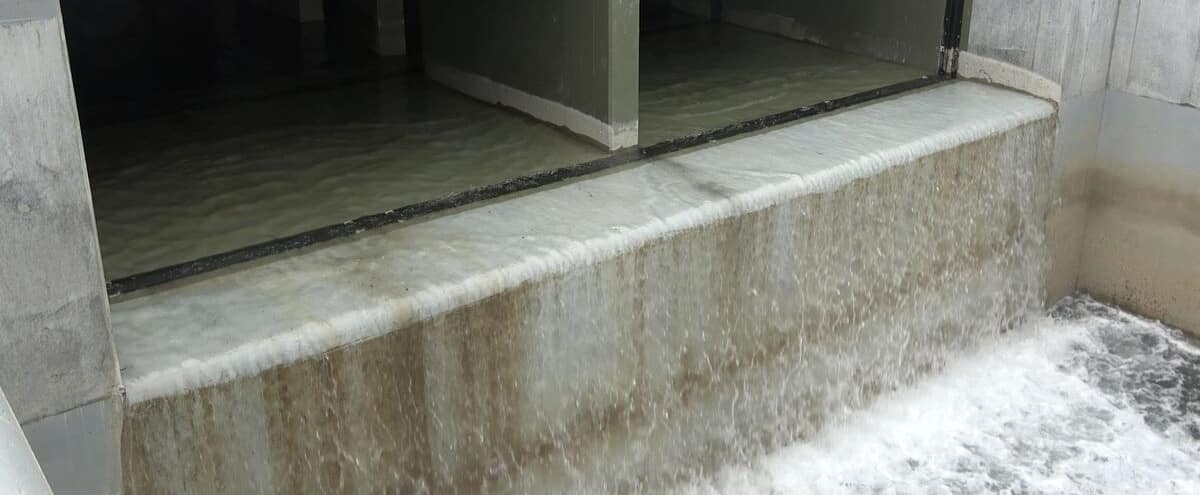The second phase of discharging treated water from Japan’s damaged Fukushima power plant into the sea began on Thursday morning, the operator said, while the start of this long-term process caused a stir in China in late August.
• Also read: Discharge of Fukushima water: Fishermen file complaint against Japanese state
• Also read: Japan: The first water discharges from Fukushima are not harmful
The release began at 10:18 a.m. Japan time (01:18 GMT) on Thursday, a spokesman for operator Tepco told AFP.
On August 24, Japan began releasing water into the Pacific Ocean that was used to cool the melted cores of three reactors at the Fukushima Daiichi power plant (northeast of Japan) following the 2011 tsunami.
This water, which also comes from groundwater and rain, was stored for a long time in huge tanks on the site of the power plant and treated to remove its radioactive substances, with the exception of tritium, which is only dangerous in concentrated doses, according to experts.
For this reason, TEPCO dilutes the tritium-containing water very heavily with seawater before discharging it into the sea so that its radioactivity does not exceed the target limit of 1,500 Bq./L.
This limit is 40 times lower than the Japanese standard for this type of discharge into the sea and also almost seven times lower than the upper limit for drinking water (10,000 Bq/l) set by the World Health Organization (WHO).
The release into the sea has been validated by the International Atomic Energy Agency (IAEA). But the start of the trial sparked a diplomatic crisis between Japan and China, which has suspended all imports of Japanese seafood products since late August.
Russia, whose relations with Japan are also strained due to Tokyo’s sanctions against Moscow since the start of the war in Ukraine, is also reportedly considering doing so.
“As with the initial release, we will continue to monitor tritium levels. We will continue to inform the public in a clear and understandable way, based on science,” a Tepco official told the press last week.
In total, around 7,800 m3 of tritiated water was released in the first phase of 17 days. Tepco has three more similar operations planned by the end of March 2024.
In total, Japan plans to release more than 1.3 million m3 of tritium-containing water from Fukushima into the Pacific Ocean – the equivalent of 540 Olympic swimming pools – but very gradually, until the early 2050s, according to the current schedule.

